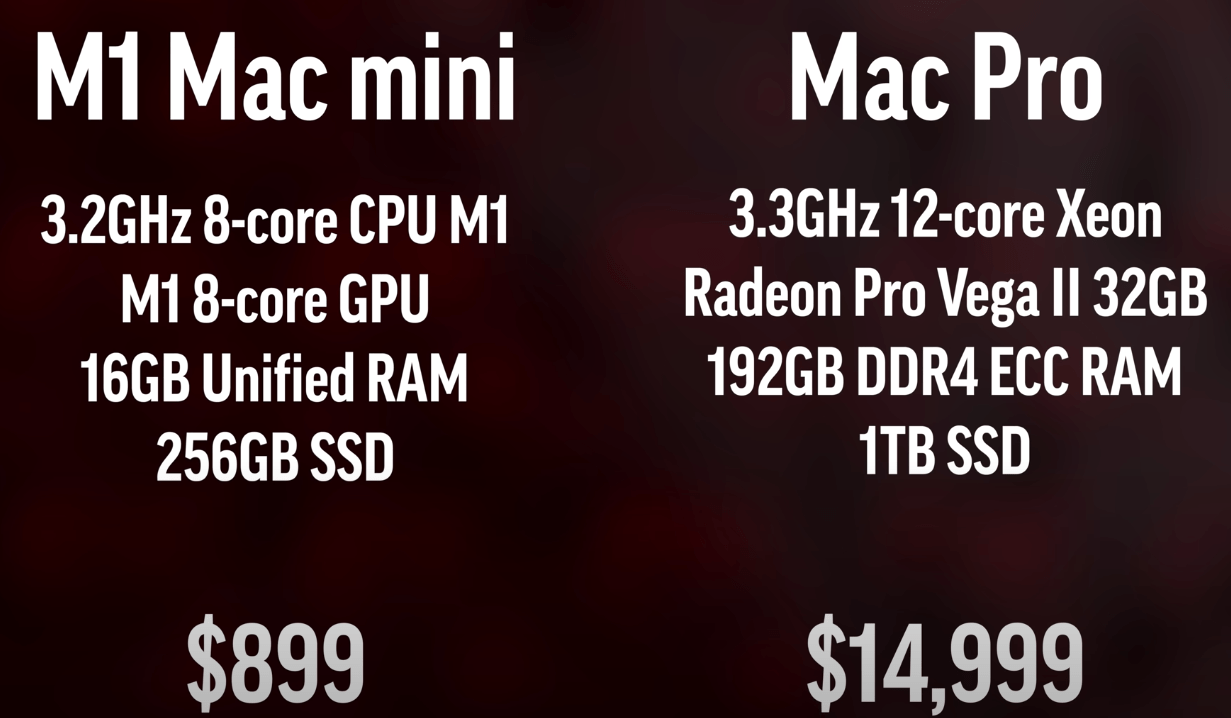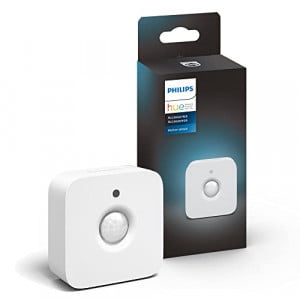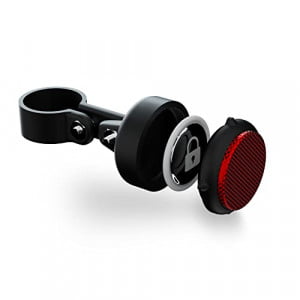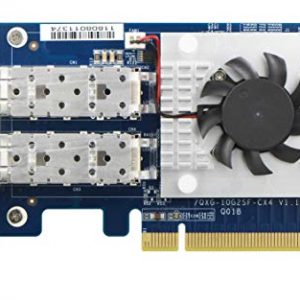Who wants to compare the Mac Pro with a small Mac mini? Well, the M1 chip from Apple has received extremely good reviews and convinces with excellent computing power. Max Tech has compared the two devices and listed the disciplines in which the small Mac can beat the big one in the parade.
The single core performance is for example already half as good as the big one. Of course, in the Multi Core, the computing biest Mac Pro is still clearly superior.
In Cinebench the Mac Pro is also superior to the M1 mini – it is twice as fast. But you can see from the power consumption how much better the Apple Silicon Chips are in efficiency: So the Mac Pro needs almost 200 watts of power, the Mac mini only 13.
The Mac Pro comes with a Vega II with 32GB of memory, while Mac mini has 16GB of memory – together for graphics and RAM. It’s no wonder that the Metal Benchmark gives only 22,000 points for the Mac mini and almost 100,000 points for the Mac Pro, but the power consumption is also extremely different: the graphics in the M1 Mac mini uses just under six watts, while the Vega II in the Mac Pro comes with up to 250 watts.
In the web browsing test, however, the tables turn: here the Mac mini is once again clearly superior to the Pro – with the Mac mini, everything just feels a bit faster, almost real time.
Mac Pro: Audio & 8K RAW. M1 mini: everything else
If you’re an audio producer working with many tracks, the Mac Pro is still the better choice. The Logic Pro benchmark shows that the Mac mini can handle 90 simultaneous tracks and the 12-core Mac Pro 227 tracks. When editing photos with Adobe Lightroom, which has not yet been adapted for the ARM processor, both machines are on the same track when editing. When exporting, the Mac Pro is almost twice as fast.
When editing video material, the M1 mini is again faster than the Pro with 14 seconds when stabilizing one minute of HEVC material with nine seconds. When exporting video material the Mac Pro is slightly faster for H.264 material, but with the current HEVC the Mac mini is faster. Those who even work with 10 bit HEVC can be happy that the M1 Mac mini even exports two and a half times faster than the Pro. So the hardware support for this codec has become much better in the M1 processor.
With RED RAW, on the other hand, the Mac Pro again has a clear advantage, both in export and playback. At 8K resolution, the Mac Pro achieves 22 frames per second, the Mac mini only three. But if you use the Final Cut function, which displays 8K material in 4K, the mini is absolutely smooth.
The M1 chip is extremely powerful and economical
One can see that the Mac Pro with its brute force still has some advantages. For example, it has an advantage when hundreds of audio tracks have to be edited simultaneously. Even with 8K video material from the RED camera it offers more power. But for everything else, even 4K material and 8K if you lower the resolution in Final Cut, the M1 is sufficient or better. So you can see: the comparison may seem strange at first sight, because there are two computers from different price ranges. In reality it is simply a demonstration of the technical progress.
[amazon box=”B08N5P7TLW”]




